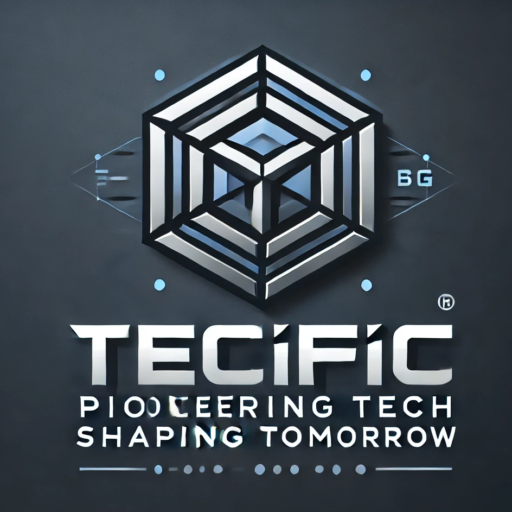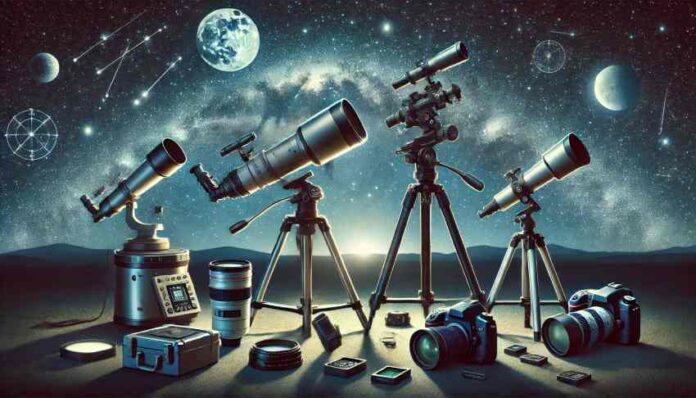Space photography captures the beauty of the cosmos, revealing the stars, planets, galaxies, and celestial phenomena that define our universe. For enthusiasts and professionals alike, having the right tools and equipment is crucial for creating stunning images. Here, we explore essential gear, popular brands, associated costs, and tips to get started with space photography.
Essential Tools and Equipment for Space Photography
- Camera Body
- DSLR and Mirrorless Cameras: Canon, Nikon, and Sony offer excellent models for space photography. A camera with manual settings and high ISO capability is ideal for capturing clear, detailed images.
- Astrophotography Cameras: Cameras like the Canon EOS Ra are designed for capturing red hues of distant nebulae and galaxies, making them perfect for deep-sky photography.
- Lenses
- Wide-Angle Lenses: Perfect for capturing the Milky Way and broad landscapes. Look for lenses with apertures of f/2.8 or wider.
- Telephoto Lenses: Essential for lunar and planetary photography, telephoto lenses allow photographers to zoom in on distant objects, bringing the Moon and planets closer.
- Telescopes and Mounts
- Telescope Options: A good telescope, like the Celestron NexStar series, enhances deep-sky imaging capabilities. Reflector telescopes are often preferred for astrophotography.
- Equatorial Mounts: Stability and precision tracking are vital. A motorized equatorial mount keeps the camera aligned with celestial movements, preventing star trails.
- Tripods and Star Trackers
- Tripods: A stable tripod, like those from Manfrotto, is essential to avoid any movement.
- Star Trackers: Devices such as the Sky-Watcher Star Adventurer track celestial objects, allowing for longer exposures without streaks or blurs.
- Filters and Accessories
- Light Pollution Filters: These filters reduce artificial light interference, improving image clarity in urban areas.
- Intervalometers: This tool lets photographers set precise exposure times, which is essential for capturing long-exposure shots.
Cost Breakdown for Space Photography
- Entry-Level Setup:
- Budget: $500 – $1,000
- Includes: DSLR or mirrorless camera, a wide-angle lens, tripod, and basic star tracker.
- Mid-Level Setup:
- Budget: $1,000 – $3,000
- Includes: High-quality DSLR/mirrorless camera, wide-angle and telephoto lenses, equatorial mount, and light pollution filters.
- Professional Setup:
- Budget: $3,000 – $10,000+
- Includes: Premium astrophotography camera, telescope, advanced equatorial mount, various lenses, filters, and specialized tracking equipment.
Tips for Beginner Space Photographers
- Location Matters: Avoid light-polluted areas for a clear view of the stars.
- Learn to Edit: Programs like Adobe Lightroom and Photoshop can bring out details in your images.
- Patience and Practice: Space photography requires patience, as capturing celestial bodies can be time-consuming.
For those drawn to capturing the wonders of space, investing in the right equipment and learning key techniques are essential steps. Whether you’re aiming to photograph the Moon or distant galaxies, each click brings us closer to the vast mysteries of the universe.
Stay tuned for more in-depth guides on space photography, tools, and techniques at tecific.com.




